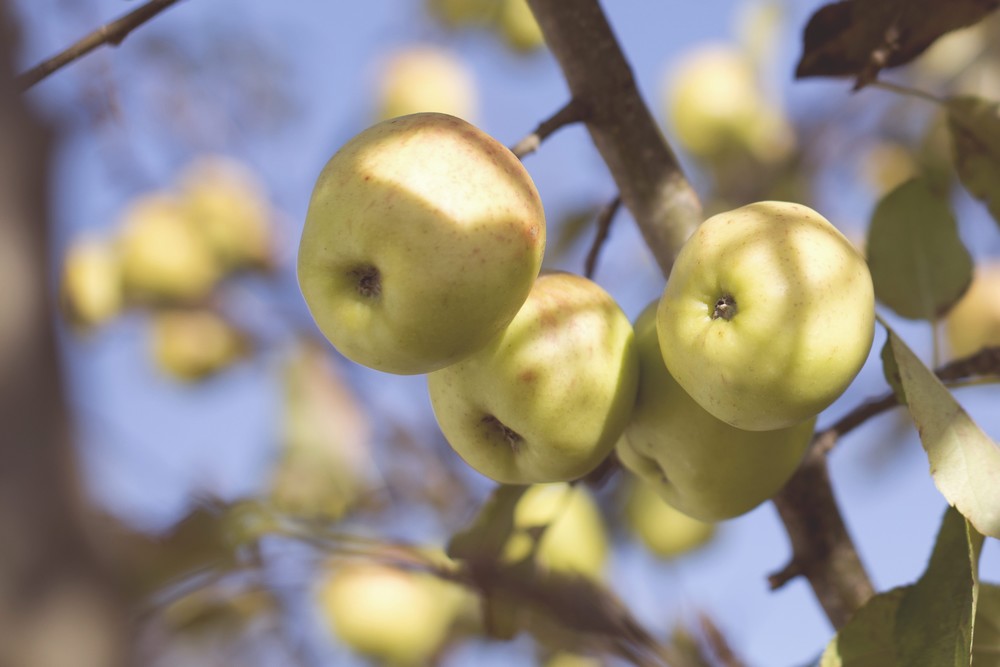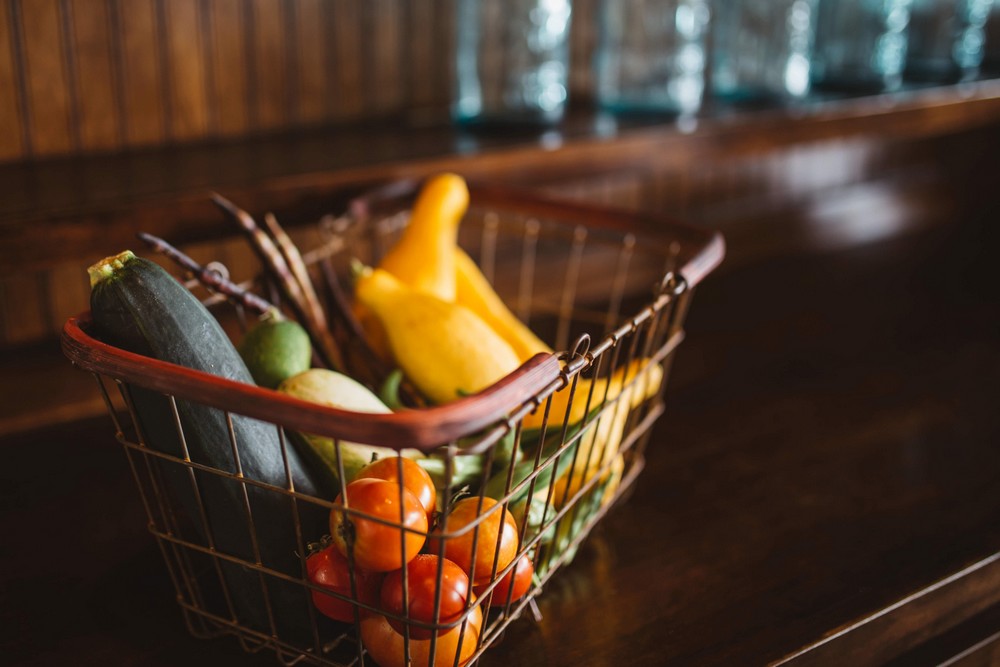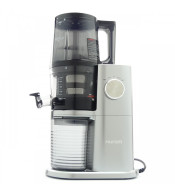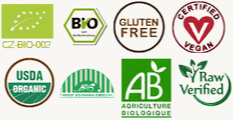How to Process the Abundance of Crops while Preserving Vitamins and Minerals
Mother Nature did her best in previous months and so, at the very end of the summer, there are still many crops left in our gardens and woods. Whether you have your own little piece of land or you have your favourite greengrocer or farmer, we will give you some advice on how to store fruit and vegetables during the winter or how to process it so that most of vitamins and minerals could be preserved.
Storage in the Manner of Our Grannies
Draw inspiration from our grandmothers´ methods from the times without fridges and freezers. Amateur gardeners can use loads of traditional methods even today. Store fresh vegetables and fruit as soon as you harvest it or buy it - ideally in a dark, cold and well aired room. Be wary of frost, it would damage the stored fruits. Optimum temperature to store vegetables is between 0 and 4 °C.
Potatoes were traditionally stored on pieces of charcoal to preserve its taste all winter long. And root vegetables such as carrot, celery or parsley root were stored in damp sand, which was used for storage of apples and pears as well. Our grannies folded every piece of fruit in a separate sheet of paper and then they filled a well-sealed vessel with layers of fruit interlaid with sand and put a lid on.

Even in the times when supermarkets were in a distant future? , our ancestors could eat tasty plums in January. Want to know how they achieved it? They used a simple trick with wheat flour. They picked the plums when the weather was dry and kept fruits with stems in a glass filled with flour!. And when they felt like it, they simply put the plums in a sieve and steamed it for a while. They say the plums tasted then as freshly picked.
If you don´t have a cellar at your disposal, and still you´d like to provide your family and yourself with plenty of vitamins, leave it up to a local farmer and order a crate full of fruit and vegetables. Thanks to optimum storage areas, farmers can provide you with high-quality products even during the winter.
Gadgets That Will Help You Process the Harvest
When the harvest is at its peak, both new and traditional gadgets are of use in the kitchen. You´ll get the best of fruit and vegetables by extracting the juice from it. Preparing your own fresh drinks is cheaper than buying it, new juice extractors are very efficient and besides you can check the quality of fruit and vegetables you use. Thanks to the process that separates majority of fibre, the absorption of fresh juices is easy and fast. It is possible to consume them on an empty stomach and right before breakfast a maximum of precious nutrients can be absorbed. Draw inspiration from the season of the year and be imaginative. For example, the mix of apples, carrot and beetroot is amazing.

Fruit dryer helps a lot with processing excess fruit, vegetables, mushrooms or herbs. Why not to make homemade raw dried tomatoes - you will use them in diverse flat cakes, sauces, spreads and dips. A glass filled with this delicious food can also be a nice homemade present. Bought tomatoes are often too salty and the temperatures in the drier could have been too high. And it´s a pity because the product lacks important nutrients then.
So how to make dried tomatoes? Cut slices about 1,5 cm thick and dry them in a fruit drier at 40°C for approximately 24 hours. During the drying process, you can sprinkle the slices with your favourite herbs and don´t forget to turn them in the middle of drying. When the tomatoes are dry, store it in a small cloth sack or conserve it with garlic and herbs in oil.

Have you found abundance of courgettes in your garden today? Have you already prepared everything possible from them and nothing creative comes to your mind? Using spiralizer you´ll create courgette noodles and raw spaghetti are ready in a minute. You can use a peeler as well, but with spiralizer with three types of blade you can create both thin and thick noodles and you can cut fruit with it as well. Check our recipes to see how to make raw apple noodles with puppy seeds.
Fermentation has been known and used to conserve food for millennia. Pickles, shortly fermented vegetables, are made using simple and cheap method which moreover ranks among the healthiest ways how to eat vegetables. During the fermentation, the fibre is disrupted which eases the digestion. There´s no lack of vital energy in vegetable prepared like that, it regenerates our bowels and boosts the bacterial flora in bowels as well as our immune system and provides overall harmonization of our body. To eat pickles every day is the best, it´s enough to add a small amount into a salad or to eat it as a side dish.







